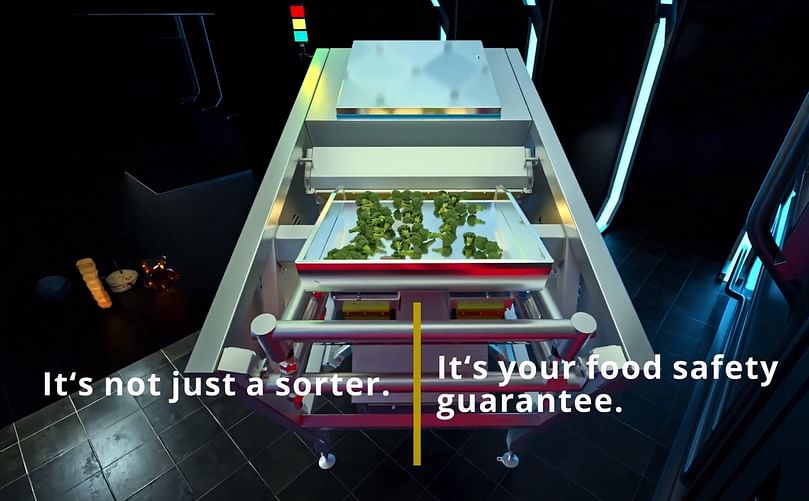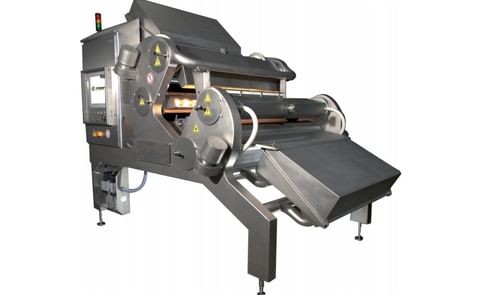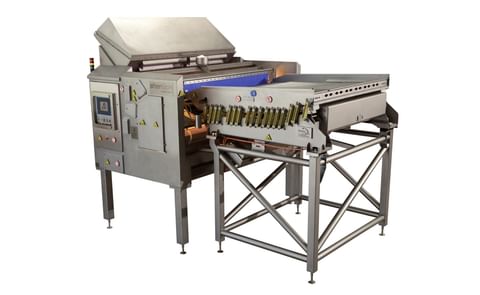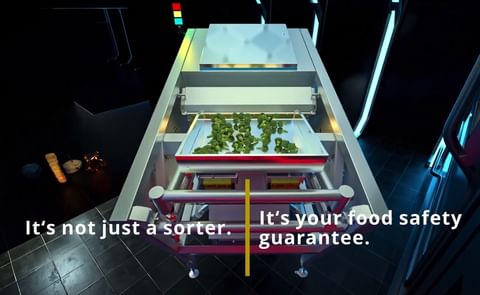The high precision, advanced Chemical Imaging Technology (CIT® Gen3) is a real novelty in the optical sorting and monitoring of food. With the latest generation of hyperspectral cameras – developed specifically for Insort – full spectrum real-time analysis is even more precise.
Combining CIT® Gen3 with high-resolution cameras and optional conductivity sensors, the Sherlock Safeguard classifies foods based on chemical composition, color, shape, pattern, conductivity, and much more.
This results in unprecedented performance of detecting ALL foreign materials – organic or inorganic – at the lowest possible product loss. The Zero Touch Reject Technology ensures maximum safety in removing the detected foreign material eliminating bounce backs, misfires, or other mechanical interferences.
Realtime Artificial Intelligence

The Realtime Artificial Intelligence Tool is able to use multidimensional parameters to create algorithms that clearly exceed human capabilities.
Natural food products are showing all kinds of variables in chemical composition, shape, color, size, and more. Human beings have their limitations in building the right classification algorithms for proper decisions between good and bad.
Nowadays, a computer can make it faster and better. Our real-time A.I. tools provide algorithms with the highest complexity and multidimensional parameters to enable solutions, which never have been imaginable before.
InlineFOODLAB 4.0
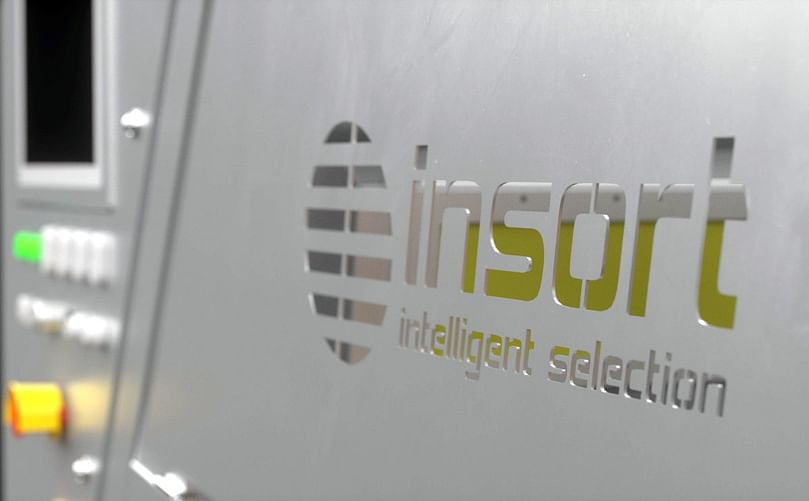
Even pictures of all the foreign bodies ejected can be sent to the food producer where this scope is applicable.
InlineFOODLAB 4.0 allows processors to get quantitative chemical data of the product and the most reliable real-time inline quality data available in the industry. Dry matter values in potato products, rancidity in nuts, amygdalin in almonds, oil content in pumpkin seeds, the moisture level in dried fruit, shell count in nuts, or Brix level in fruits are just some examples.
They can be delivered combined with color and shape characteristics as well as with the size values of the objects. Additionally, any Foreign Material can be recorded with a picture and delivered to your database where applicable for the purpose.
By doing so, quality managers have better tools to control the incoming raw material as well as the outgoing final product in order to reduce product rework and claim rates or to prevent product recalls better than ever before.
Zero Touch Reject Technology

The Zero Touch Reject Technology solves all these exact problems.
The Safeguard Zero Touch Reject Technology drops foreign bodies down through a trapdoor. No active mechanical touch or air blast needs to be applied to foreign bodies to remove them from the product stream, which guarantees removed with the highest reliability.
Critical (or hazardous) foreign materials like broken glass bottles, rodents, plastics, and many more do no longer get the opportunity to enter the plant or make it into the final product for the customer. Difficult objects such as large or heavy stones, sticks or metal parts, and very light parts such as plastic film, cardboard, and paper are all removed with the highest reliability, compared to trying to remove these defects with air jets.
Depending on the size and location of foreign materials, the system will automatically open one or multiple high-speed reject gates. This zero-touch removal technology personalizes the opening time to remove these hazardous materials without striking with strong paddles or high-pressure air.
Applications
- Detection of foreign bodies
- Detection of color defects
- Detection of shape defects
- Detection of chemical defects
- Sorting by size (length and width)
- Size statistics
- Defect statistics
- Reject statistics
- Chemical composition monitoring (e.g. dry matter)
- Industry 4.0 data preparation
- Remote access


